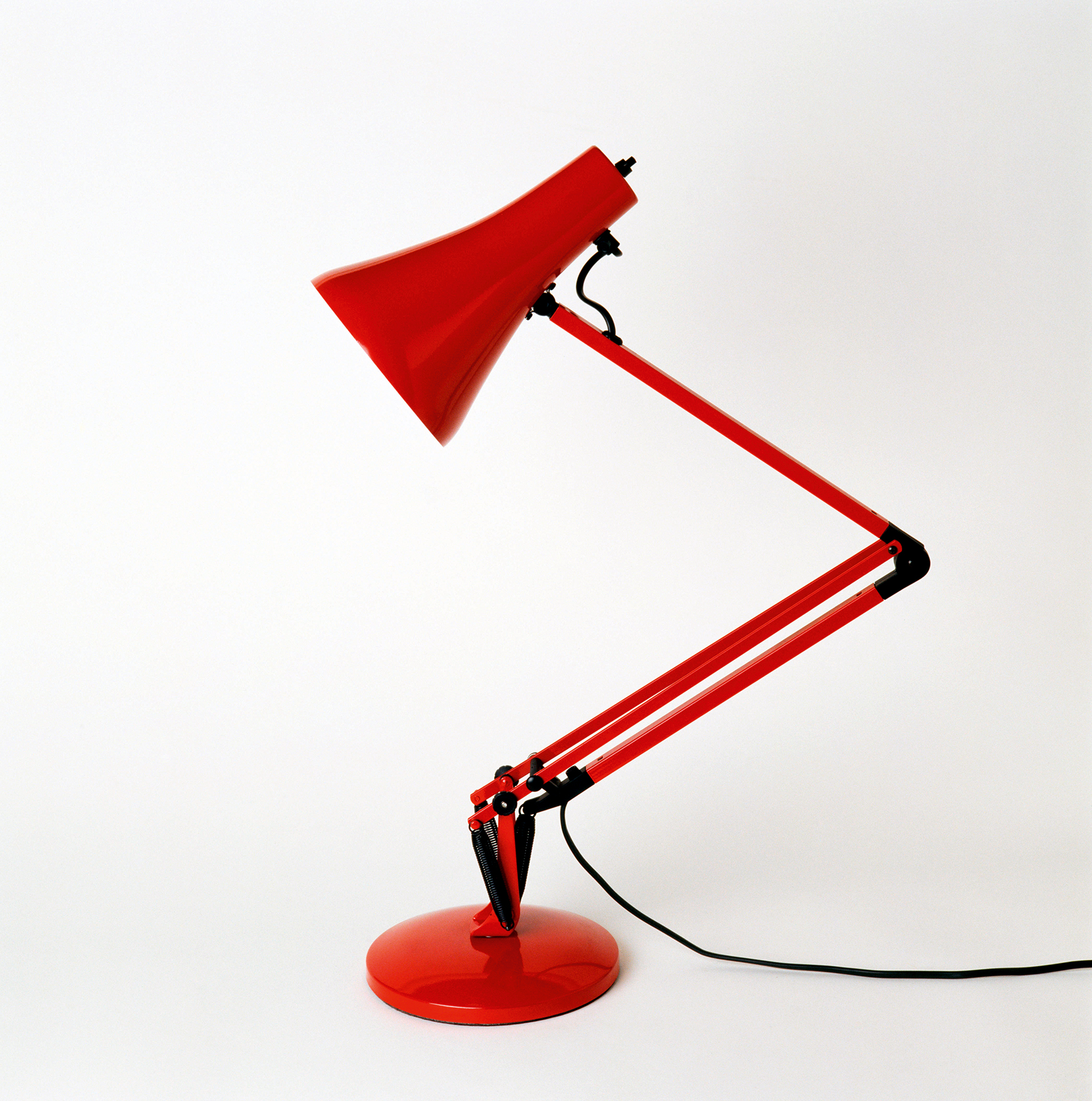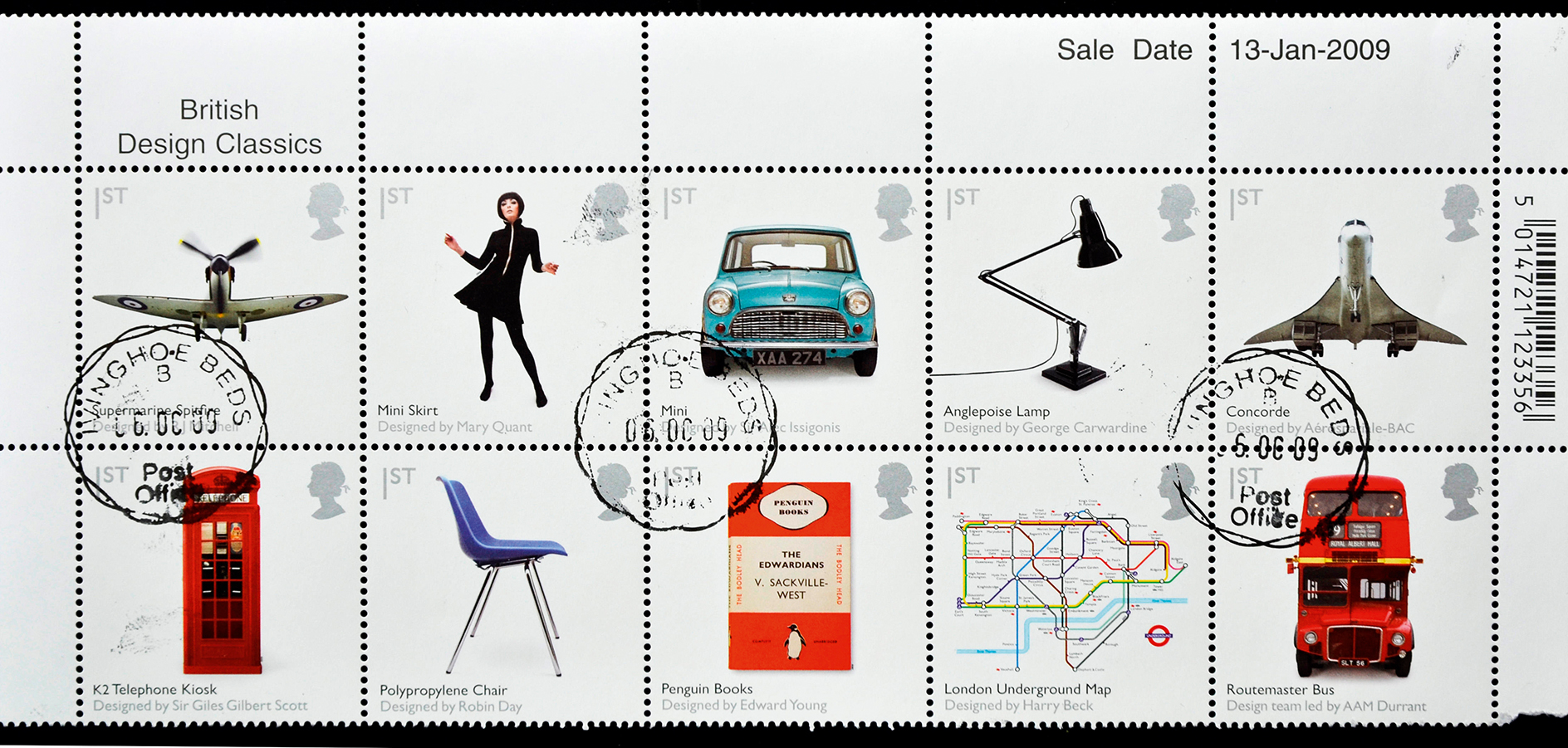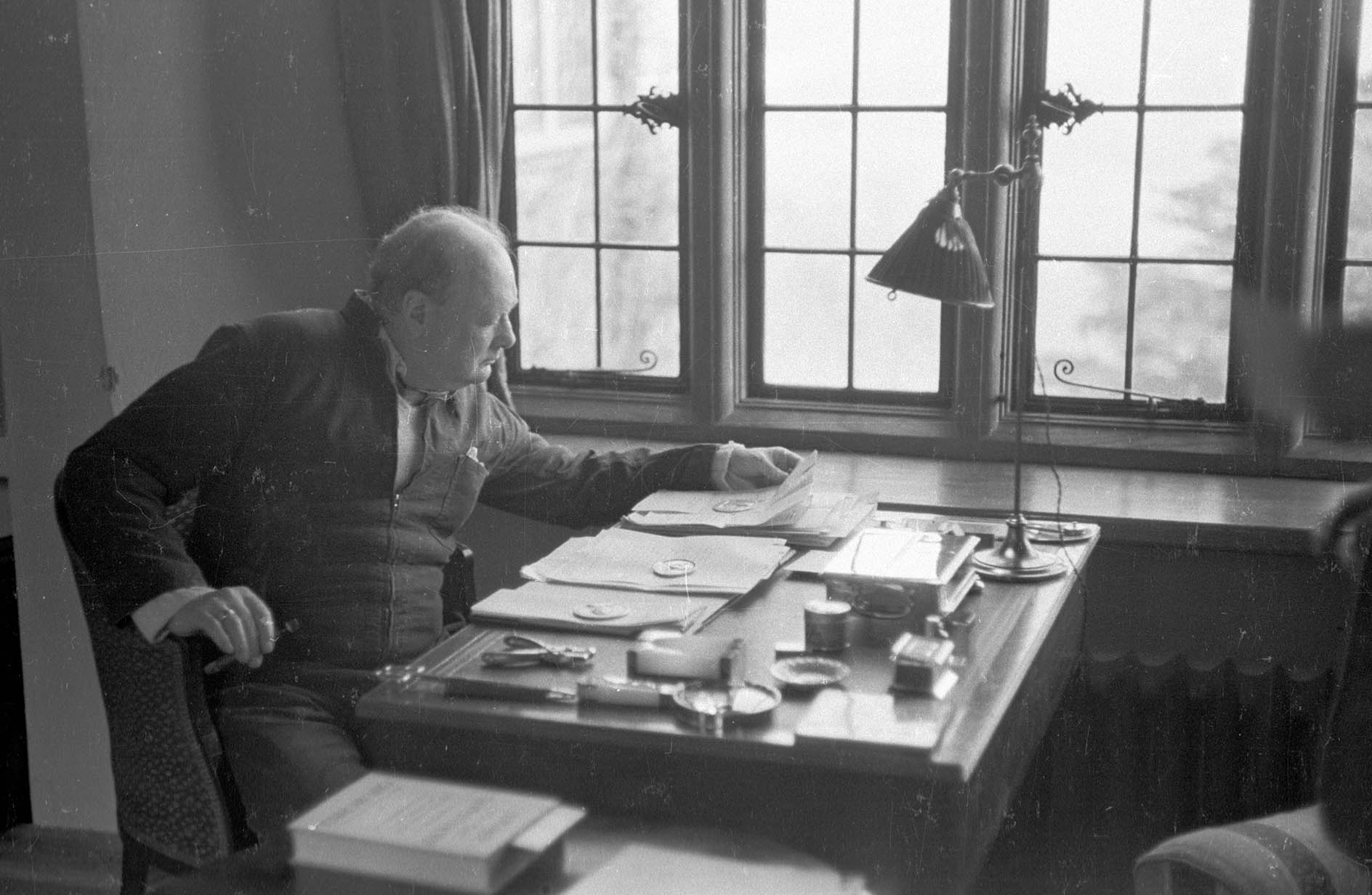The Anglepoise lamp, a British invention that puts all other lighting in the shade
Jack Watkins takes a look at the creation of the Anglepoise lamp, still a perfect design that's yet to be superseded almost a century later.


A candlelit chamber may make for an atmospheric setting in a novel or painting, but as a place to dwell it has its limitations. Who, seriously, would wish to return to a world without light switches? Yet, historically speaking, those times were not so long ago. Although lamps of various forms have been with us since our ancestors groped around in caves, it wasn’t until the end of the 19th century that the mass-produced electric lamp arrived, with the greatest demand coming for functional designs to be used in offices, stores and factories.
Many early electric lamps looked beautiful, but pioneering task lamps tended to rely on counterweights and other mechanisms that worked against easy ways of focusing the lighting. George Carwardine’s Anglepoise lamp, a classic case of design following function, was a giant leap forward.

Carwardine (1887–1948) was an automobile engineer who specialised in vehicle suspension systems. When the company he worked for went bankrupt, he set up a workshop in his garden in Bath, where he was able to develop his ideas about spring and lever mechanisms. His experiments led him to originate a type of spring that, basing itself on the constant-tension principle of human limbs, could be used for a range of applications, most notably in an articulated task light in which the spring mechanism allowed the lamp to be repositioned to the desired angle.
It was patented by Carwardine in 1932, but demand soon outstripped the supply capacity of his small workshop. Herbert Terry & Sons, a company based in Redditch, Worcestershire, that had been manufacturing springs since 1900, was already supplying him with his lamp springs. In 1934, Carwardine licensed the design to the company, enabling the Anglepoise Lamp Model 1208 to go into mass production.
The 1208, with four springs, was considered rather industrial in appearance, but, within a year, a new, lighter, three-spring design was brought out to meet the rising demand from homeowners. The Anglepoise 1227, the box in which it was sold boasting of ‘10001 angles — 1001 uses’, was destined to become the classic desk lamp.
The square-shaped, three-tiered base was made of cast iron for stability and the shade had perforated holes at the top for ventilation. The first lamps had a black metal finish, but Terry & Sons supplied them in a range of colours, too, such as red, blue, green and distressed cream and gold. Functional as the lamp was, its simplicity suited the Minimalist zeitgeist of the mid 20th century.
In subsequent years, Carwardine would produce variants on his design. An update in 1938 reduced the base to two tiers. He also created modified editions for use in other situations, such as in operating theatres, and even an Anglepoise Navigator Lamp to help navigators in bomber aircraft read maps.
Sign up for the Country Life Newsletter
Exquisite houses, the beauty of Nature, and how to get the most from your life, straight to your inbox.
Today, the Anglepoise 1227 can be bought in pendant-lamp form, with a bracket base to attach it to a bookcase or to turn it into a wall light. It has appeared in mini and giant forms and has been much copied, but Carwardine’s concept of a lamp that allows the user to turn it and angle the light in any desired direction remains the mother of all task lamps.
The Anglepoise's stiffest competition? Robert Best's Bestlite
Although George Carwardine was essentially a versatile engineer, Robert Dudley Best (1892–1984) was a true lighting specialist, embracing ideas about art as well as function. When he inherited his Birmingham-based family lighting company Best & Lloyd in 1925, he was concerned that its lamp designs were too heavy and laden with the ornate trimmings of an earlier era. Friendly with Walter Gropius of the German Bauhaus school and an admirer of other Modernists, such as Le Corbusier and Mies van der Rohe, he began making sketches of what would become known as the Bestlite, which married form with functionality.

The simple, swan-necked lamp would at first be favoured by car mechanics because of its easy adjustability, but it penetrated the national consciousness when photographs showed that Churchill had a Bestlite on his air-raid shelter desk beneath Whitehall during the Blitz, as as well as at home in Chartwell. The Bestlite is considered among the first examples of the ideas of Bauhaus to be incorporated into British design.
Somerset born, Sussex raised, with a view of the South Downs from his bedroom window, Jack's first freelance article was on the ailing West Pier for The Telegraph. It's been downhill ever since. Never seen without the Racing Post (print version, thank you), he's written for The Independent and The Guardian, as well as for the farming press. He's also your man if you need a line on Bill Haley, vintage rock and soul, ghosts or Lost London.
-
 Two quick and easy seasonal asparagus recipes to try this Easter Weekend
Two quick and easy seasonal asparagus recipes to try this Easter WeekendAsparagus has royal roots — it was once a favourite of Madame de Pompadour.
By Melanie Johnson
-
 Sip tea and laugh at your neighbours in this seaside Norfolk home with a watchtower
Sip tea and laugh at your neighbours in this seaside Norfolk home with a watchtowerOn Cliff Hill in Gorleston, one home is taller than all the others. It could be yours.
By James Fisher